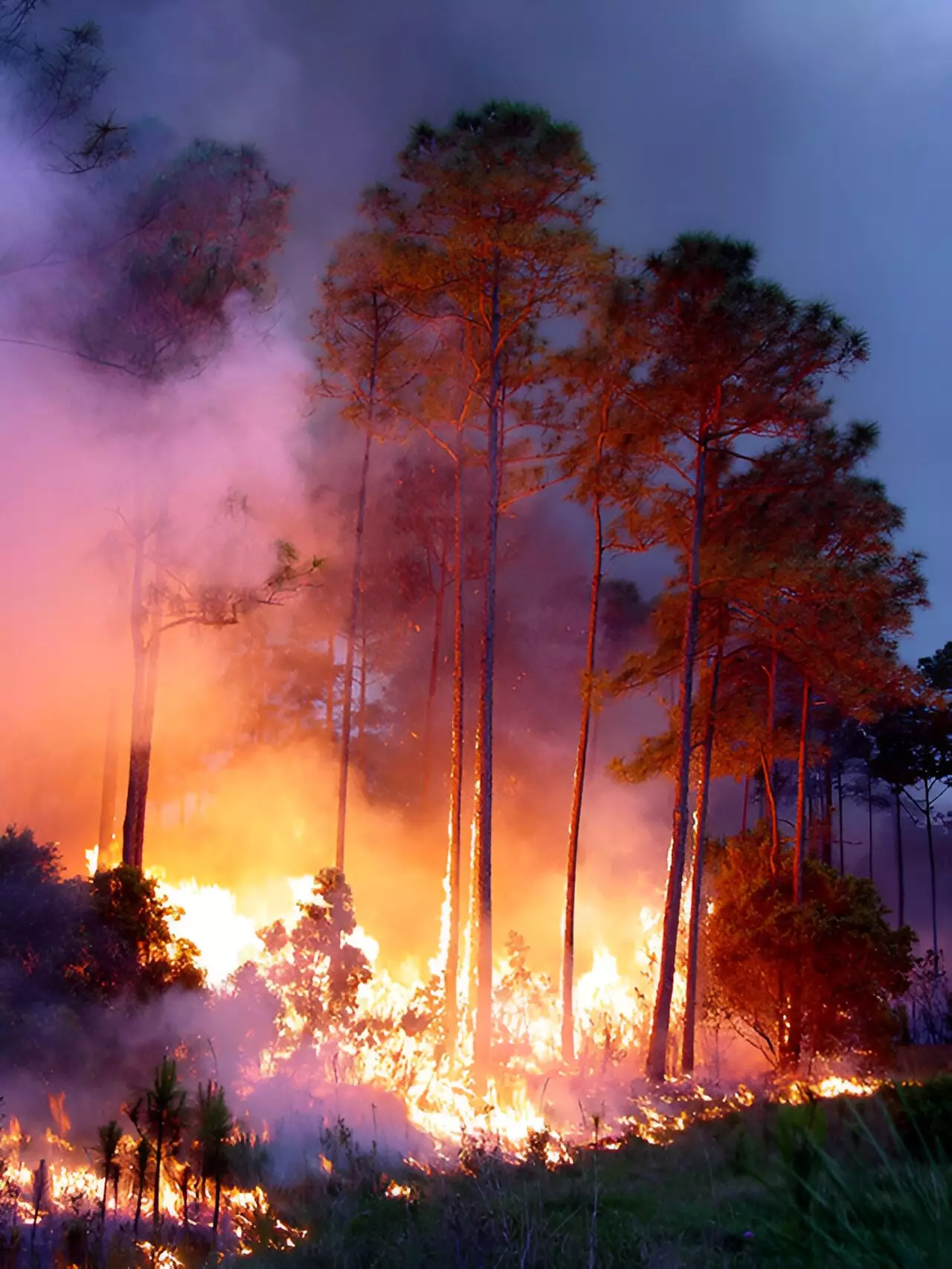Wildfires have been a significant environmental concern in California, causing destruction and posing serious risks to both the environment and human health. A recent study conducted by UC Riverside sheds light on a lesser-known impact of wildfires – the effect of soot emitted by large wildfires on the state’s climate. While many studies focus on the influence of climate change on wildfires, this study takes a different approach by examining how wildfires themselves are altering the climate in California.
The study, led by UCR doctoral candidate James Gomez, analyzed data from the past 20 years to understand the correlation between large fires and changes in temperature and humidity. By examining peak fire days and emissions from wildfires, Gomez found that wildfires were making days warmer and drier than usual. This increase in temperature and aridity could create conditions that are more favorable for the spread of wildfires, leading to a vicious cycle of fire weather that intensifies the problem.
One of the key findings of the study was the role of soot in trapping heat from wildfires. Soot, or black carbon emitted by fires, absorbs sunlight and raises temperatures in the atmosphere. Additionally, the heat from the soot reduces humidity, making it harder for clouds to form. This double impact of soot on temperature and humidity creates a feedback loop that can exacerbate wildfire conditions.
The study also distinguishes between reflective and absorptive aerosols and their impact on the climate. While sulfate aerosols, produced by fossil fuel burning, have a cooling effect by reflecting sunlight back into space, black carbon emissions from wildfires have the opposite effect by trapping heat in the atmosphere. This distinction is crucial in understanding the complex interactions between different types of aerosols and their contribution to climate change.
The research suggests that reducing sulfate aerosols to improve air quality may inadvertently worsen climate change by increasing temperatures and fueling wildfires. This highlights the interconnected nature of environmental factors and the importance of considering the broader implications of air pollution control measures. The study also emphasizes the need for a comprehensive approach to addressing climate change, including reducing greenhouse gas emissions and implementing better land management practices.
The study by UC Riverside provides valuable insights into the impact of wildfire soot on California’s climate. By understanding how wildfires are altering temperature and humidity patterns, researchers can develop more effective strategies for mitigating the risks associated with wildfires. The findings underscore the importance of considering the complex interactions between aerosols, climate change, and wildfire behavior to develop sustainable solutions for a changing environment.


Leave a Reply